New York City is the home to high-rise buildings and skyscrapers. One World Trade Center is the tallest building, which rises 1,776 feet. The history of the tallest buildings in New York started with the completion of the World Building in 1890, and in the next 50 years, 16 skyscrapers over 600 feet (183 m) were built. Unfortunately, dozens of beautiful old buildings and famous landmarks were also demolished to make new development. In 1965, the National Historic Preservation Act was passed to protect these historic landmarks. Below is a collection of historic buildings and landmarks that were demolished and vanished, including workplaces, hotels, and private homes. Vote your favorites, and don’t forget to share.





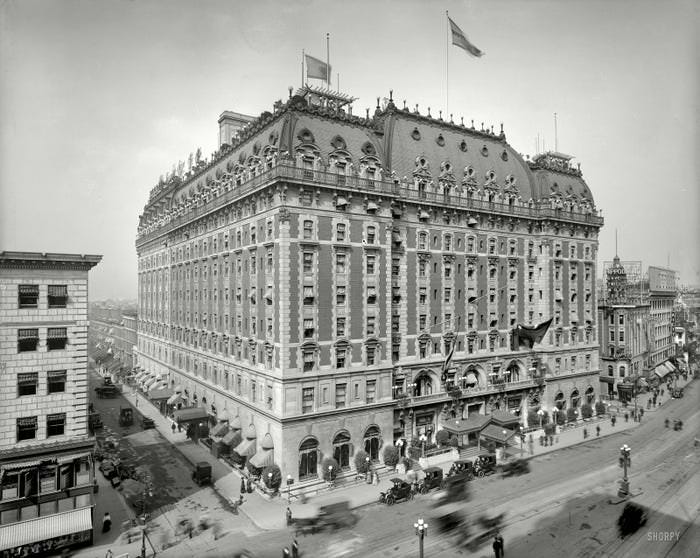






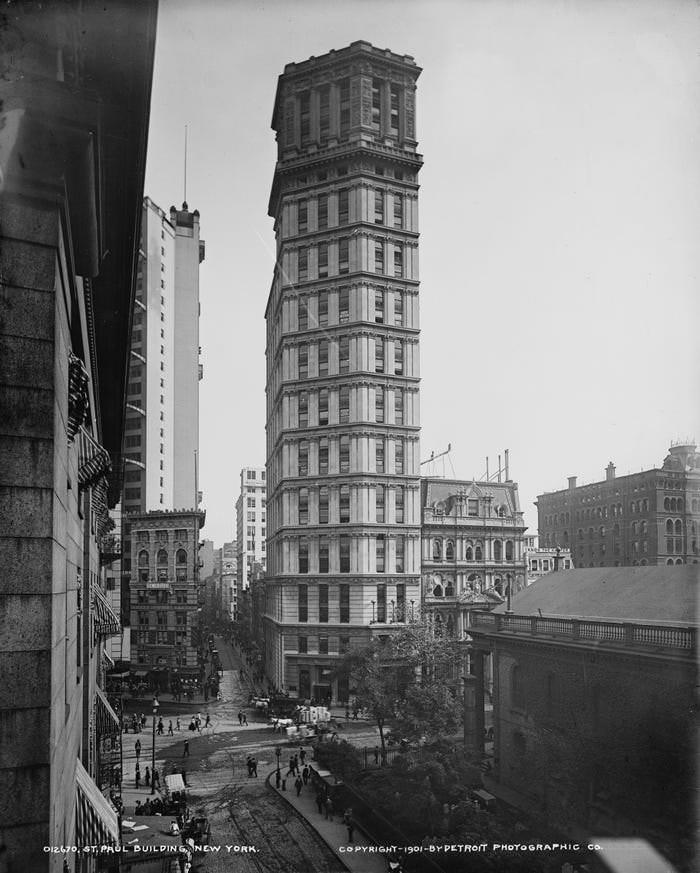







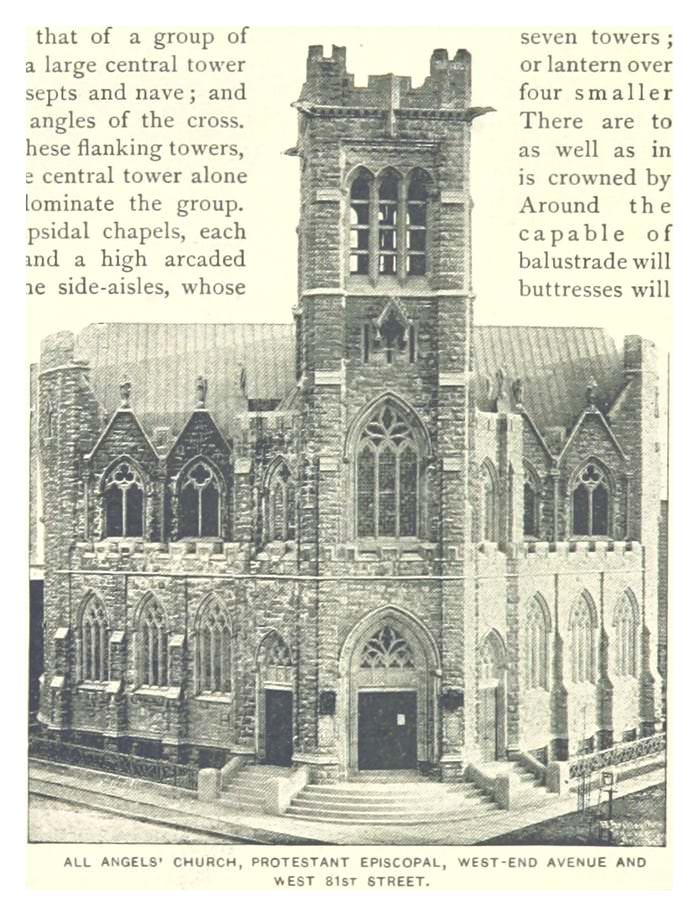

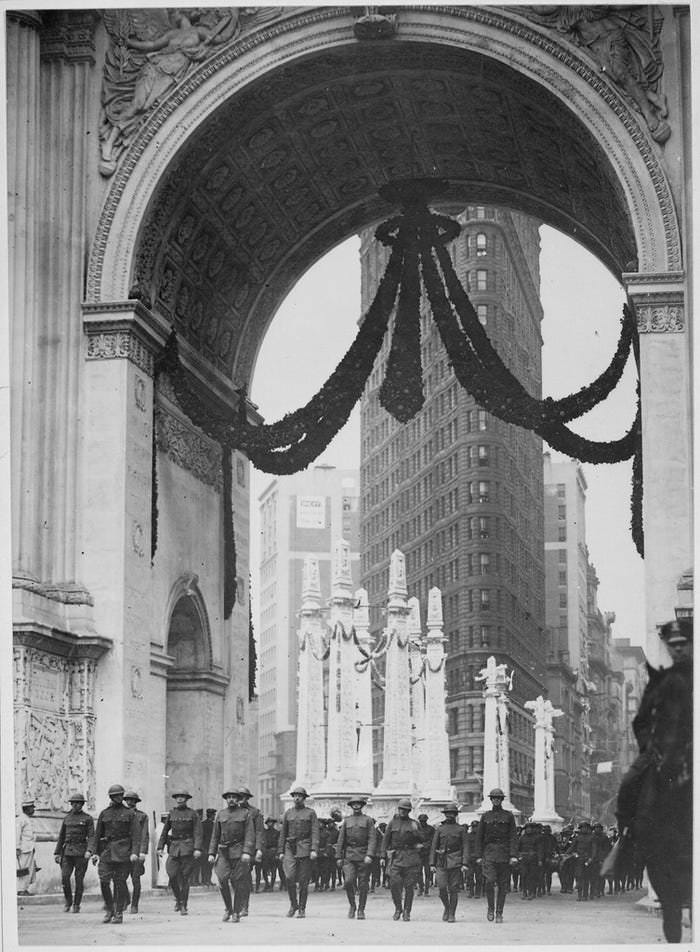





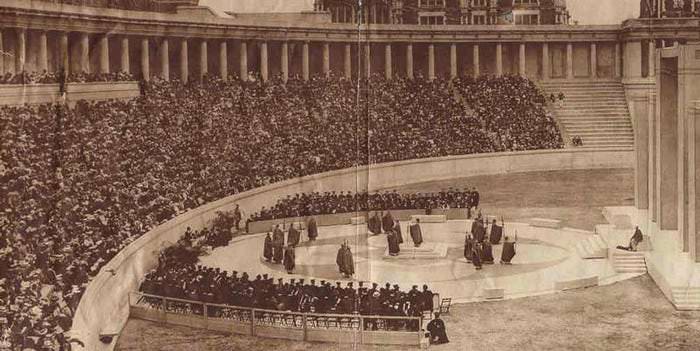










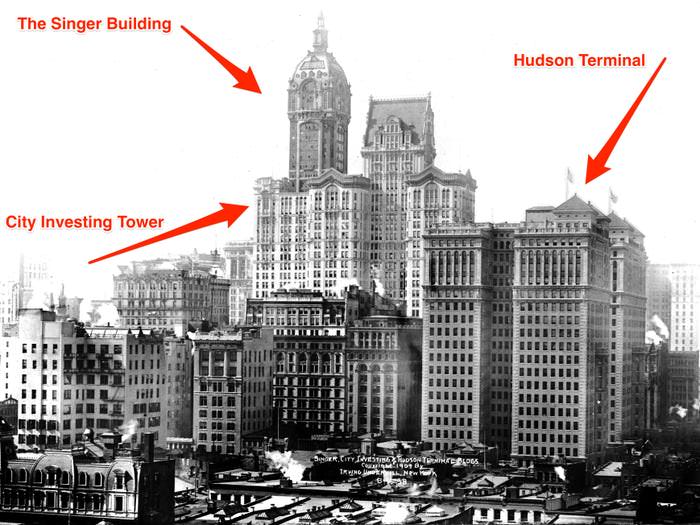
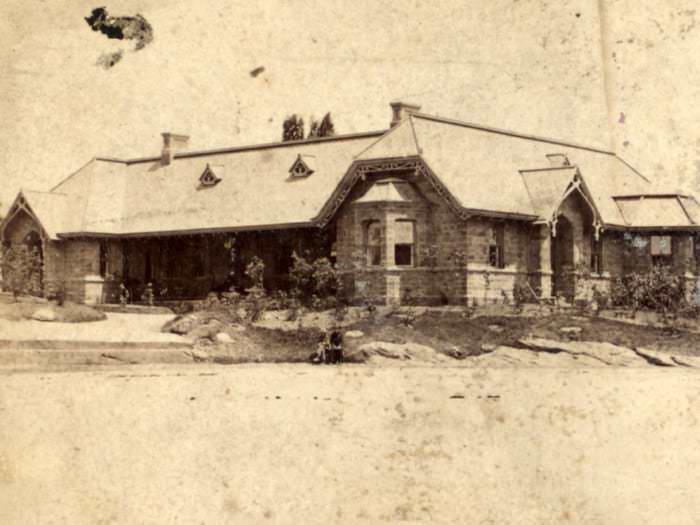







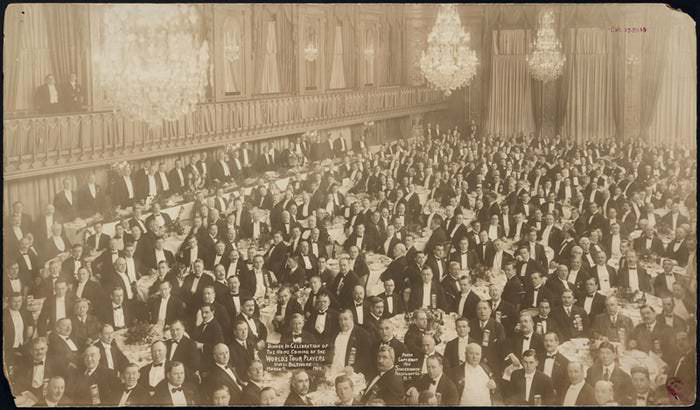








It is important to preserve those buildings because we will never be able to build them again.
Though some pictures are definitely messed up, like the Schwab house
It was like watching a horror movie. Everything was destroyed.
This is the American way of thinking, I guess. Demolish stuff before it reaches 100 years old.
Beauty should never be destroyed. How tragic and wasteful.
It seems like the ’60s were a demolition frenzy
A law passed in 1966 created the National Register of Historic Places, which was intended to mitigate the widespread demolitions of the 60s. By the end of the 1960s, the movement had gained steam, and buildings had begun to be protected.